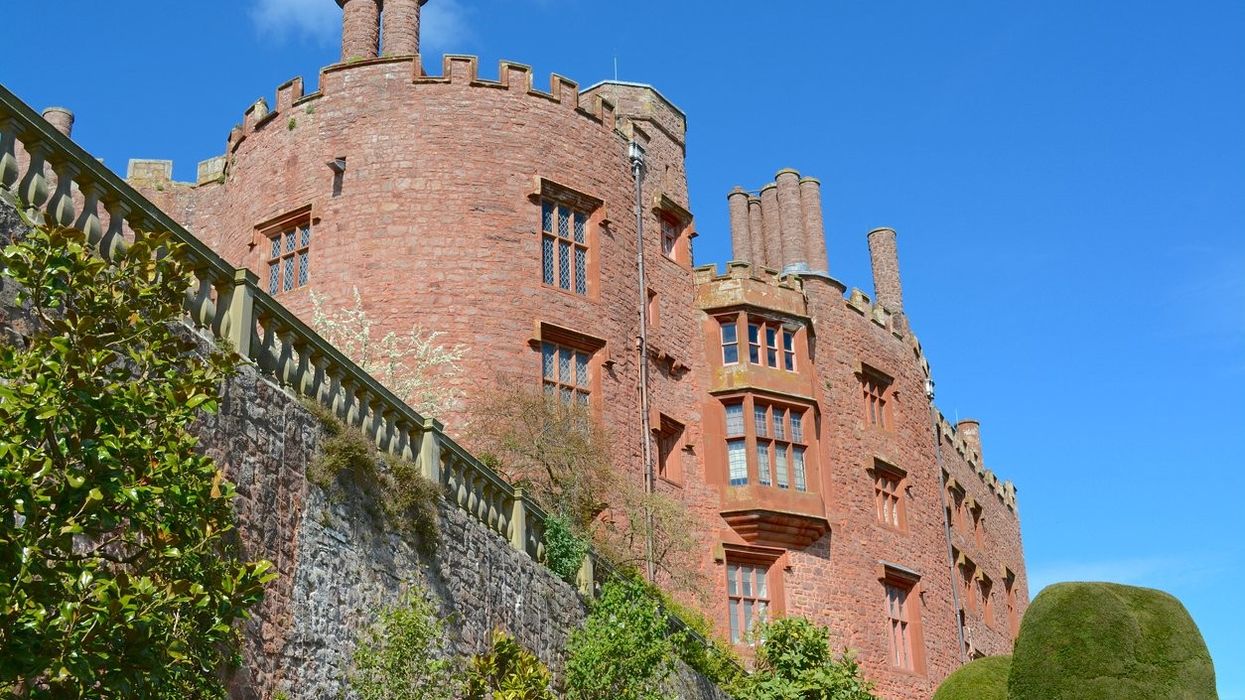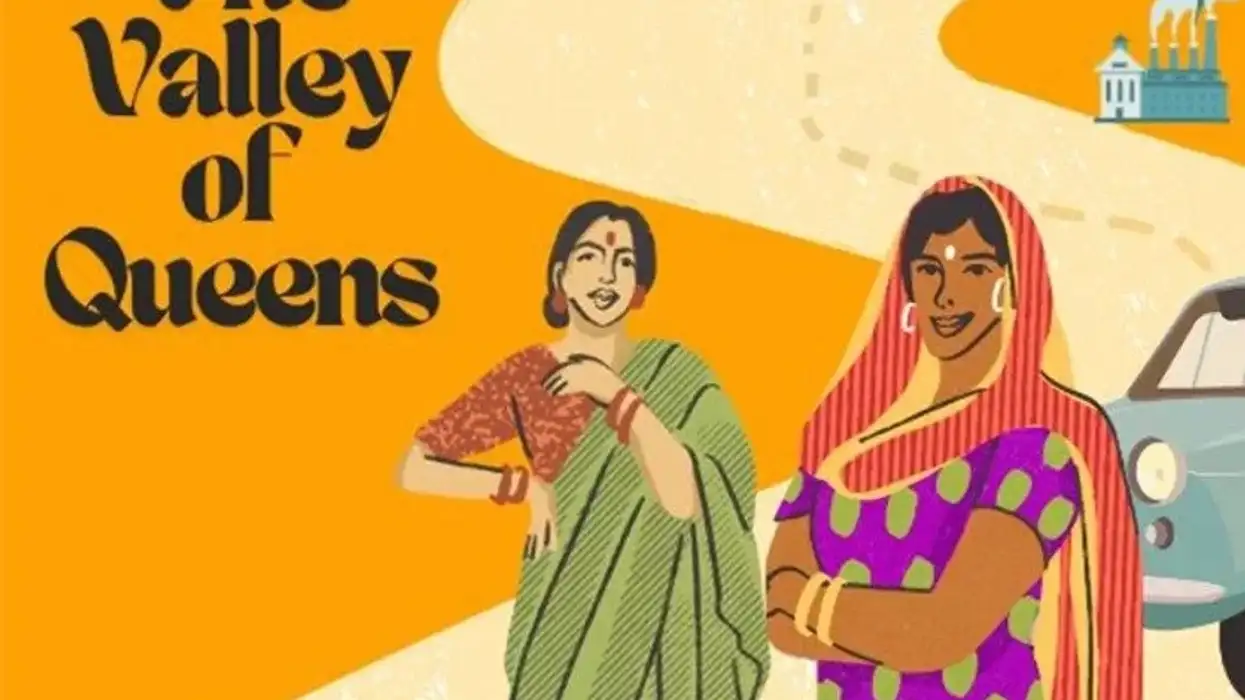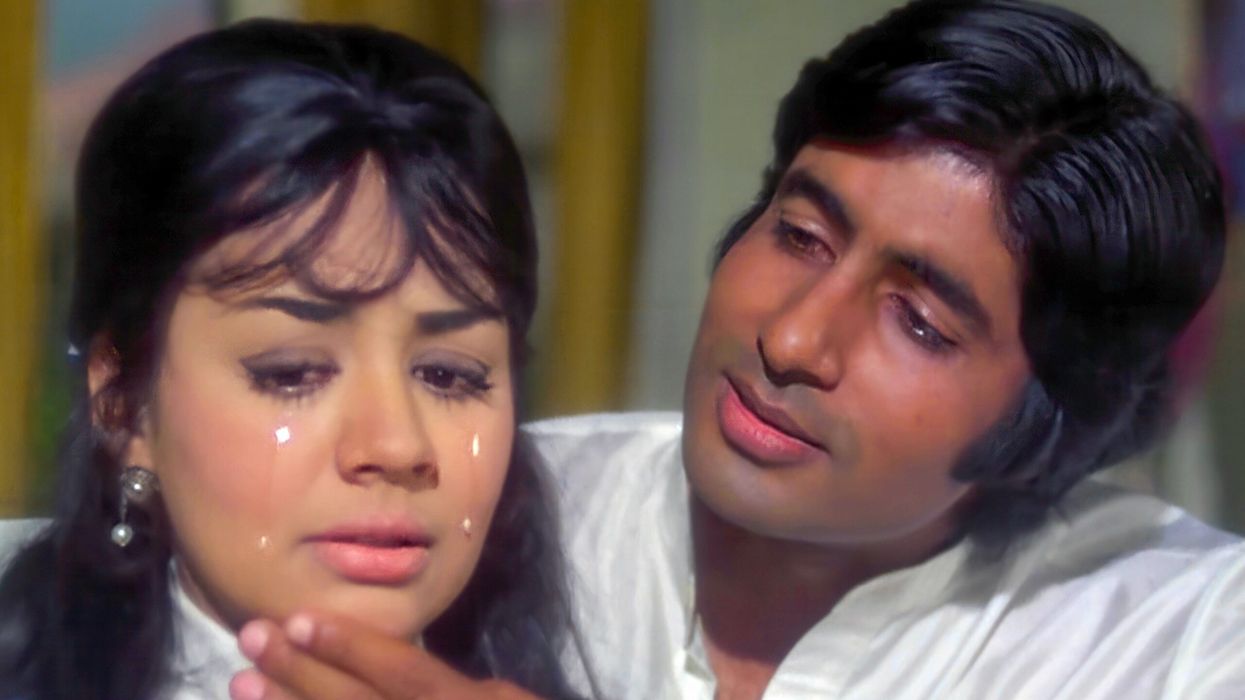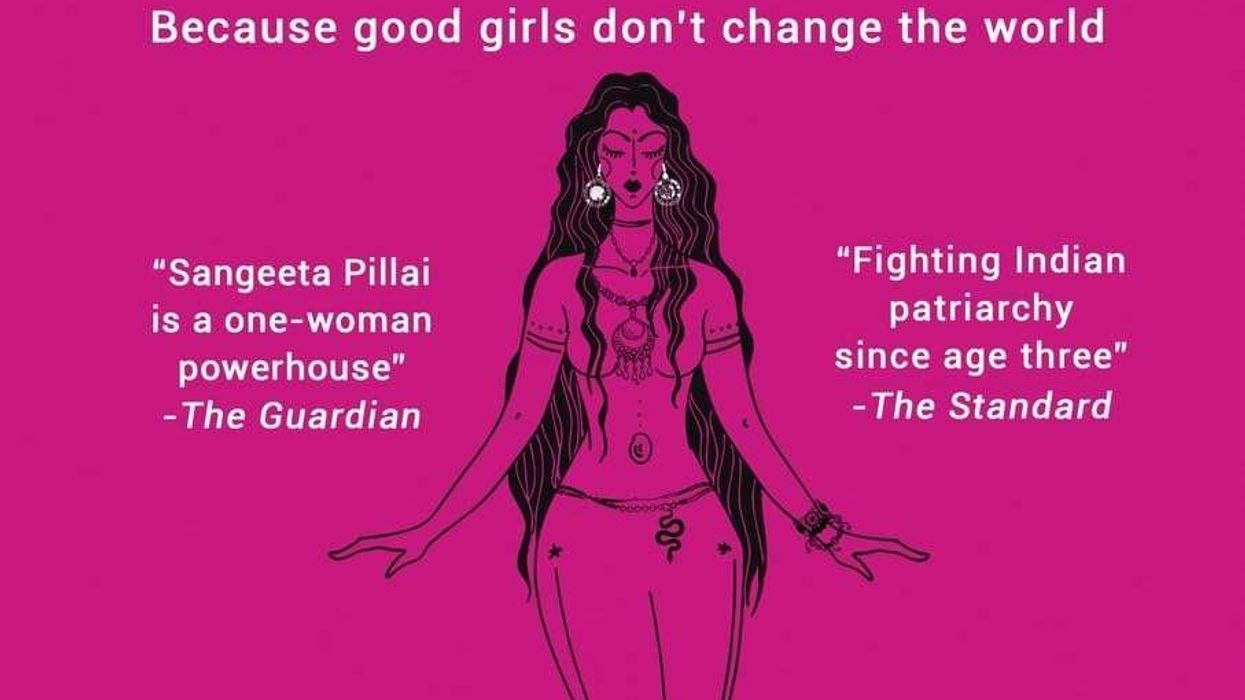WHEN William Dalrymple first set foot in India at the age of 18, it was by accident. What began as a failed archaeological expedition to Syria turned into a lifelong passion for India’s history, culture, and people.
As a young man from Scotland, Dalrymple formed an extraordinary connection to India that led to many key moments, including writing important books on the country’s history.
“I had no idea where I’d arrived, but within about two weeks, I’d totally fallen in love with it and realised this is where I was going to spend the rest of my life, which I have done. I’ve been there now ever since 18. I’m now 59. So, India has kept me busy, entertained, amazed, astonished, for 41 years,” Dalrymple said.
It is immediately clear how much the best-selling author and broadcaster loves India. He has an encyclopaedic knowledge of its history, which he has captured in acclaimed books such as The Age of Kali, White Mughals, The Last Mughal, Koh-i-Noor: The History of the World’s Most Infamous Diamond and The Anarchy: The Relentless Rise of the East India Company.
Dalrymple is now recognised as one of India’s foremost historians, deeply connected to the country he calls his home.
His newly published book, The Golden Road: How Ancient India Transformed the World, is an epic narrative exploring India’s profound influence on the world, particularly through its contributions to mathematics, religion, and trade. This work showcases the “astonishing gifts” India has given humanity, weaving together historical threads that have often been overlooked or misunderstood.
The inspiration for The Golden Road came from a series of encounters that reignited Dalrymple’s interest in ancient Indian history. A visit to Ajanta caves in Maharashtra state revealed newly cleaned paintings, including the oldest known Buddha images in the world.
“One cave had a whole load of paintings I had never seen before,” he said. “It turned out that the Archaeological Survey of India had just cleaned a set that were 600 years older than the others. They’re the oldest Buddha images in the world.”
Another pivotal moment was in Angkor Wat, Cambodia, where images of a Buddha figurine discovered in Egypt began appearing online. “Here was I in a Buddhist country with Indian civilisation all around me in Cambodia, thousands of miles to the east of India,” Dalrymple said.
The cover of his new bookThese experiences, along with Dalrymple’s realisation of the little-known origins of the numbers we use today, compelled the author to create a narrative connecting India’s ancient past with its global influence.
“The numbers we use every day, the zero, and the mathematical systems, were developed in India by the seventh-century mathematician Brahmagupta,” he said.
“No one in the West knows this. They think of our numbers as Arabic, not knowing the history of early Indian mathematics. I wanted to put it all together: the spread of Hinduism, Buddhism, Indian trade, and mathematics into one great panorama of Indian influence.” This comprehensive approach is what makes The Golden Road a ground-breaking work. It connects dots often treated separately in academic disciplines.
One of the most fascinating aspects of the book is its exploration of India’s influence beyond its borders, particularly in southeast Asia.
The temple of Angkor Wat, now a Buddhist monument, was originally a Hindu temple dedicated to Vishnu. “Not everyone realises it’s actually a Hindu temple,” Dalrymple said. “This is true not just of Angkor Wat, but throughout Cambodia, Laos, Thailand and Vietnam. You’ll find images from the Ramayana, the Mahabharata, and the great heroes like Lord Shiva, Vishnu, Brahma, and the Devi in her different incarnations.”
Dalrymple said while Indians are often proud of their civilisation’s antiquity, the details of this influence are not widely known.
“Many people are aware India had this extraordinary influence, but are often confused about the specifics – what went where and at what stage.”
The Golden Road aims to clarify these connections, offering a comprehensive account of how Indian ideas and traditions spread across Asia. One of India’s most extraordinary yet underappreciated contributions is its numerical system.
Dalrymple described how the numbers we use today originated in India during the time of emperor Ashoka and evolved further during Brahmagupta’s era. These concepts were then taken to the Arab world, refined there and eventually introduced to Europe.
“We’re not wrong in saying that Europe got the numbers from the Arabs,” he says, “but that’s not where they started. The Indian number system, or the IndoArabic system, originates from the time of Ashoka, and you can see the ancestors of our numbers on Ashoka’s inscriptions.”
Dalrymple’s book challenges the belief that such advancements came solely from the West, highlighting India’s crucial role in the development of global knowledge.
He traces the journey of Indian mathematics to Baghdad, where Central Asian Buddhist viziers brought Indian mathematicians, astronomers and astrologers to the court. “They learn Indian mathematics and astronomy, which then spreads throughout the Arab world,” he said.
Despite India’s monumental influence on civilisation, Dalrymple said much of this history has been obscured by colonial narratives. The British had little incentive to acknowledge Indian civilisation’s sophistication.
“There was no point in colonising India to bring civilisation, if it was already there,” he said.
“So, it was in the British interest to depict Indians as uncivilised. You have those famous quotes from Macaulay about a single shelf of a good English library being worth all the native literature of India and Arabia. Victorian colonialists dismissed Indian learning, often ignorant of its impact on their own mathematical systems.”
Dalrymple described The Golden Road as a timely corrective, especially as India rises on the global stage. “By the end of our lifetimes, India will be the third-largest economy in the world. It’s time to reassess and recognise India’s gifts to the world in a sober, non-nationalist way. I’m not an Indian nationalist; I’m not Indian. But everything I say can be proven.”
William DalrympleThe meticulous research, spanning 1,200 years and multiple continents, was the biggest challenge in writing this detailed book. The Golden Road is aimed at those interested in Indian history, but is also intended to reach a global readership, including those who might have misconceptions about ancient civilisations.
“I think we’ve been obsessed with ideas travelling along the Silk Road between the Mediterranean and China, which is true from the 13th century, when the Mongols connected those regions. But this wasn’t true in the classical period,” he said.
“One highlight of the book is the forgotten moment when India was Rome’s principal trading partner. This is demonstrated clearly in coin hoards. In the book, there’s a map where these Roman coins have been found.”
His hope is that even those unfamiliar with India will explore its rich history through The Golden Road, including readers in the US.
“America is just waking up to India’s rise. They’ve always been focused on China. Hopefully, this will explain why understanding Indian civilisation is crucial and why its diffusion is such an important subject.” The most enjoyable part of writing for Dalrymple was travelling to historically significant places and having once-in-a-lifetime experiences.
Asked about his favourite place in India, he said: “I used to be very much into north India and wrote about the Mughal empire. But, increasingly, I find my interest moving southwards. I love Kerala and Tamil Nadu, and in summer, I love the Himalayas.”
Dalrymple said there are many lessons to be learned from Indian history and the pioneers who shaped civilisation.
“Advances in human civilisation always happen when you’re standing on the shoulders of giants and you’re not too proud to learn from other civilisations. And ancient India was like that, learning from the civilisations around it, and taking it further. And I think civilisations that become too proud, and which value only themselves decay rather than advance.
“It’s by learning from others and taking things forward that you really develop.”
Instead of resting after completing this mammoth book, Dalrymple is already working on his next project. “I have enjoyed exploring ancient India, but now I’m returning to the East India Company. My next book will focus on the opium wars – when the East India Company became the world’s largest narcotics dealer. It’s a sort of Victorian Narcos.”
The Golden Road: How Ancient India Transformed the World is published by Bloomsbury and available now.












